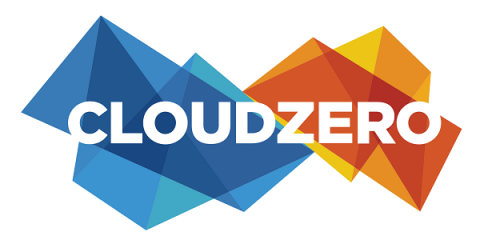Infrastructure-as-Code Is The New Assembly Language For The Cloud
My career as a software engineer started in 2007 at Purdue University. I was working in the Linux kernel and researching how data was shuffled between the kernel and the user application layers. This was happening in huge clusters of machines that all talked to each other using OpenMPI — how supercomputers, like those at Los Alamos National Labs, operate to perform their enormous calculations around meteorology, physics, chemistry, etc.








